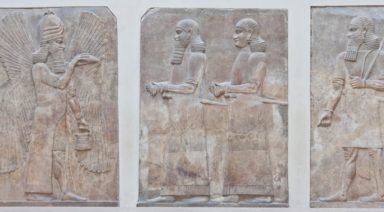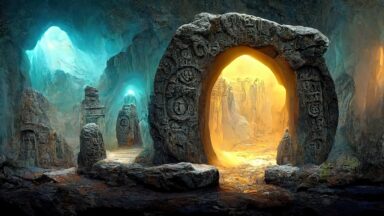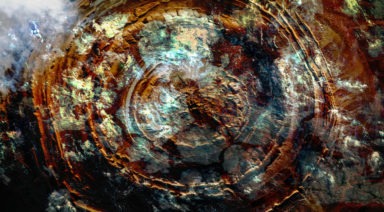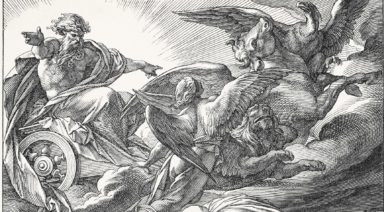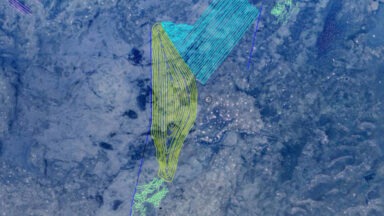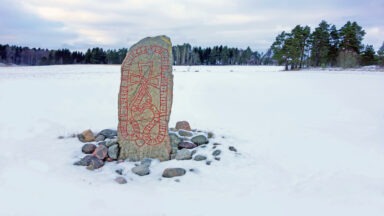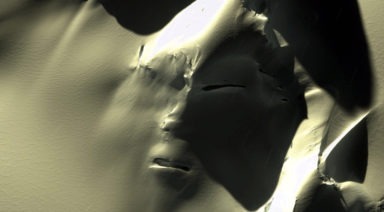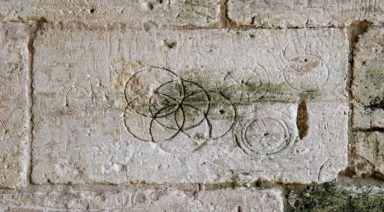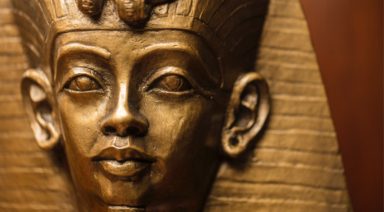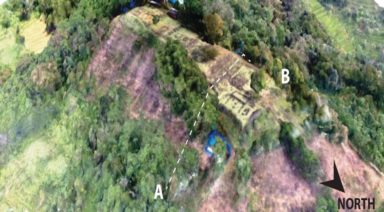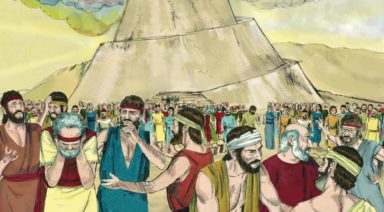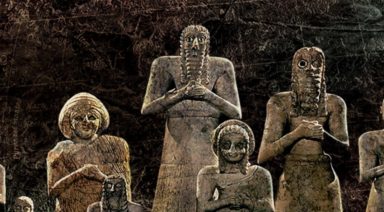Archeologists Find Another New Human Species in Philippine Cave

Our family tree has become more labyrinthine, reminding us how little we really know about our species’ evolution, as archeologists have discovered a new human ancestor in the Philippines, who stood under three feet tall. The new hominin has been named Homo luzonensis after the island of Luzon where it was discovered in an excavation at Callou cave.
The island of Luzon has been a hotbed for archeological discoveries related to ancient human ancestors, including last year’s unearthing of 700,000-year-old stone tools used by human ancestors – a discovery that changed our understanding of hominid migration out of Eurasia and into southeast Asia by about half a million years.
Many have drawn parallels of the latest discovery to the dwarf-like human ancestor Homo floresiensis discovered on the nearby Indonesian island of Flores in 2004. This controversial “hobbit” ancestor of ours sparked intense debate as to whether it was a direct or distinctly separate ancestor, and now luzonensis finds itself in a similar debate.
But as the contention over this archaic hominin lineage plays out in academic circles, its implications on the course of our progression and alleged timeline could be profound.

Homo luzonensis toe bone courtesy Callou Cave Archeology Project
Instead of the stereotypical depiction of Darwinian evolution from knuckle-dragging ape to erect, bipedal human, it seems the paths of our ancestral origin splayed in a number of directions creating various iterations across the world.
One of the distinctive features of luzonensis is seen in the three roots found in some of its teeth – an uncommon trait seen in a small percent of modern humans, but more commonly found in other hominid ancestors like australopithecines, according to National Geographic

A row of H. luzonensis teeth courtesy Callou Cave Archeology Project
Scientists involved in the dig say it’s unclear whether luzonensis interbred with other hominins to create hybrid species like the recently discovered Denisovan-Neanderthal hybrid found in Siberia’s Denisova cave late last year.
But with the close proximity of H. floresiensis and H. luzonensis one has to wonder whether their paths ever crossed, whether one was a branch of the other, and what role their interaction had, if any, on Homo sapiens today.
Further digging is underway at the Callou cave to find more evidence of this mysterious and tiny human ancestor, as archeologists say they need more proof to confirm it as a distinct species.
With the multitude of recent groundbreaking archeological discoveries, including the missing ghost ancestor of humans, it seems we’re learning more and more that the traditional timeline of human evolution is drastically different from what we’ve been told.
Giant Human Skeletons Found Buried in Mounds Across North America

Around the turn of the 19th century, there were hundreds of reports from reputable sources of giant skeletons unearthed from ancient burial mounds across America. Human giants are not entirely a product of legend in our history.
André the Giant is a known example of a man with superhuman proportions and strength, reaching 7 feet 4 inches tall. But André’s size was the result of gigantism and acromegaly, disorders caused by an overactive pituitary gland, which releases too much growth hormone. And with the average human height at 5 feet 6 inches for men and 5 feet 2 inches for women, it’s rare to find someone of André’s height, let alone his stature.
With the extreme rarity of gigantism, affecting roughly three in a million, it’s surprising how often giants are spoken of in the Bible and North American folklore. David and Goliath, Jack and the Beanstalk, and Paul Bunyon are familiar examples of tales involving giants. But while these are thought to be myths or legends, is there any possibility that a race of giants once existed or were there humanoid ancestors significantly larger than us?



